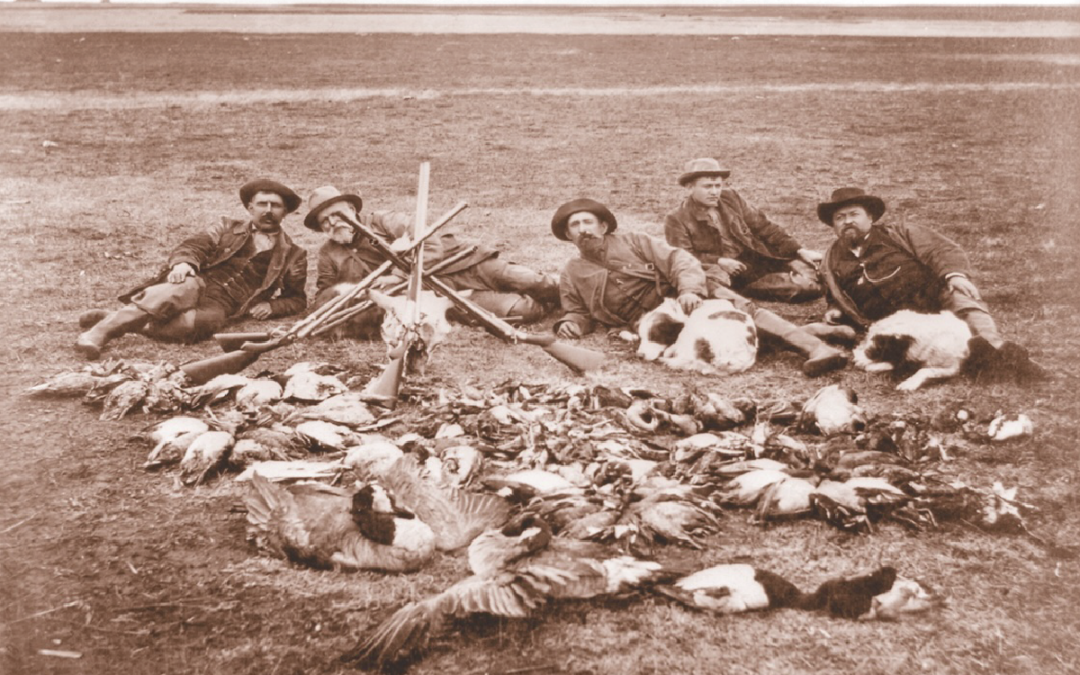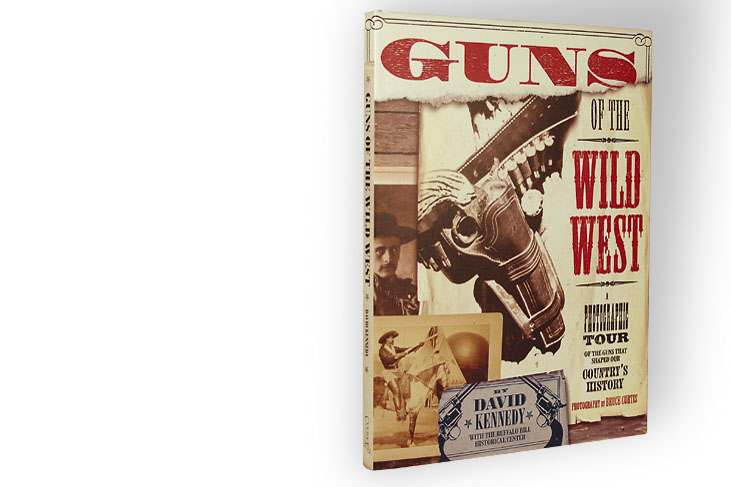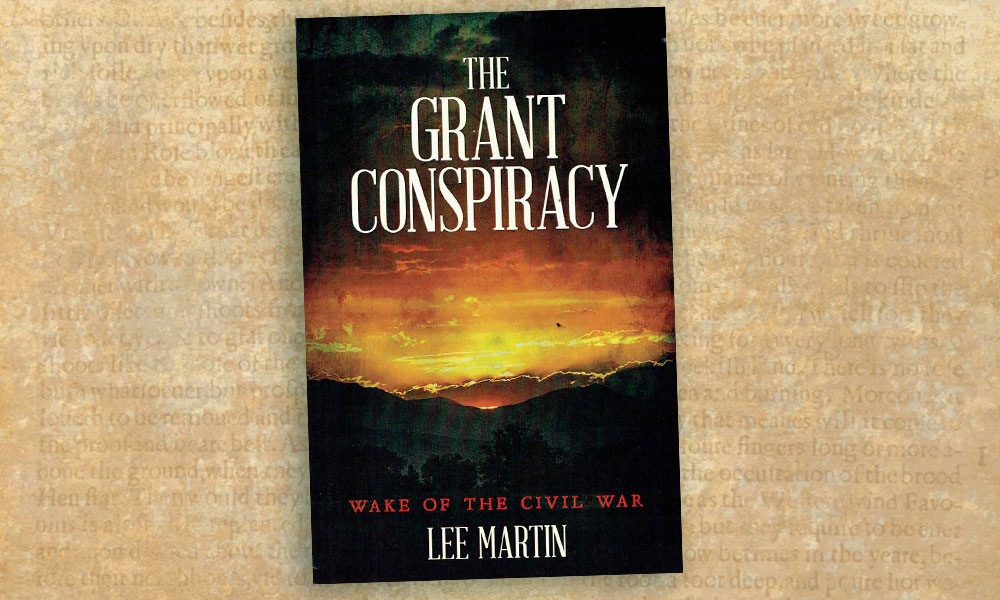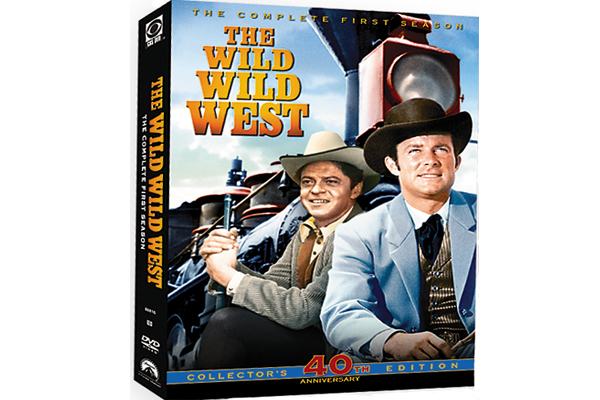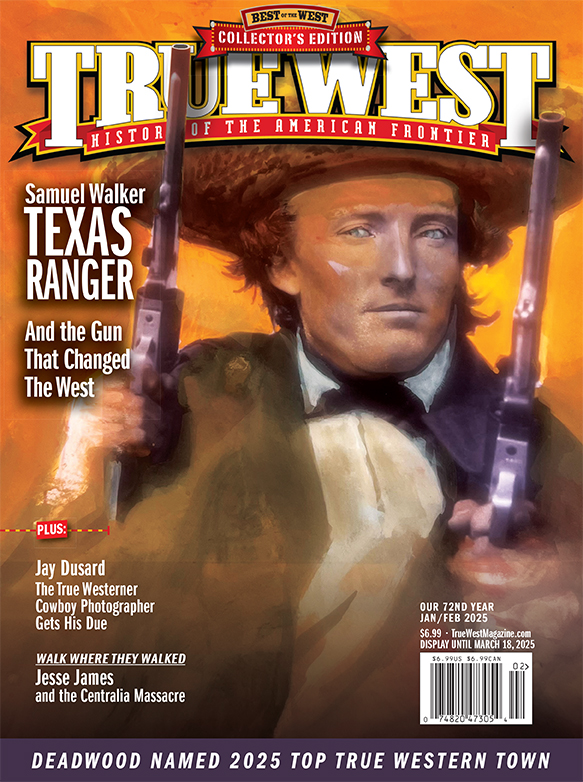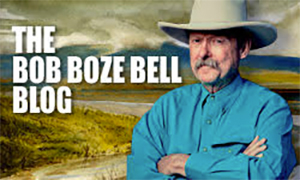The actual bird was a favorite of pioneers.
A mention of wild turkey often takes one’s thoughts to a bottle of whiskey, but not this time. This is all about the actual bird itself and the pioneers’ experiences with it. Most people had good experiences with the wild bird, but some did not. Jack and Jim were two English gentlemen who lived in Kansas City, Missouri, in 1872. The gents were working on Sheppard’s Island, when Jack saw a large black bird flying overhead. He exclaimed, “’Ello. Wots there ere, Jim?” He asked Jim to get his gun, an English Stubbs Twist. Jack took aim and shot the bird down.
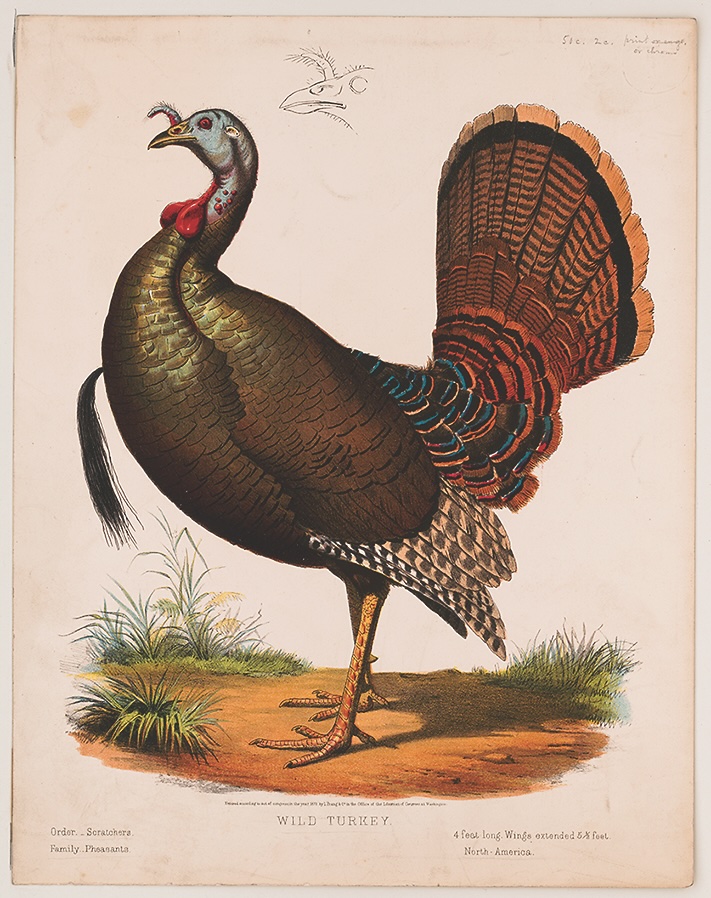
He was very excited to take his 16-pound bird to town and show it off. He was proud to show it to his wife, Nancy, too, and asked her to contact some local ladies to teach her how to cook it American-style. With their assistance, Nancy brought the cooked bird to the table, and the diners were excited. Though the “perfume” coming from the bird was peculiar, that did not stop everyone from eating it, except for Nancy, who chose beef. As they were eating, a friend of Jack’s came in, and they offered him some turkey. The man said, “No thankee, Jack. I’m not a bit hungry for turkey, spechly if it’s that turkey you had on your shoulder this morning.” He proceeded to tell Jack that it wasn’t a turkey that he’d killed, but rather a turkey buzzard! Later that day, everyone except wise Nancy was sick from eating it. The Missouri Democrat noted, “If any one desires to engage in a fight, just let him say ‘turkey’ to Jack or Jim, and they can have a fight instanter.”
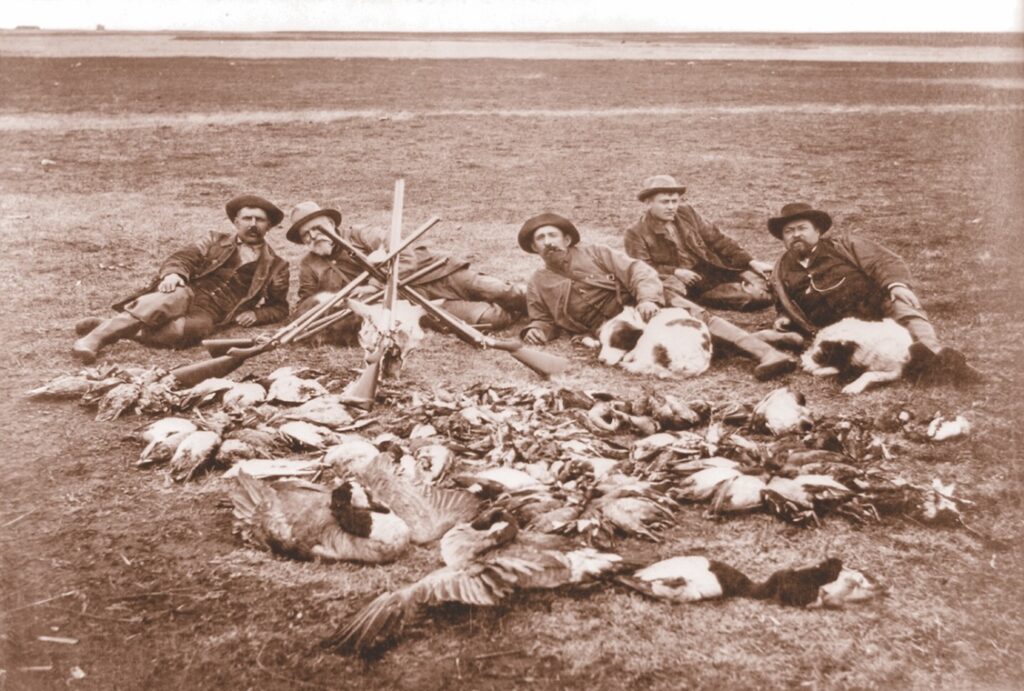
Despite that incident, actual wild turkeys were regarded better than farm-raised. H.C. Bowers, the manager of the Hotel Portland in Oregon recalled, “A wild turkey is a far more excellent table bird than a domestic turkey; in fact, there is no comparison…in short, the true and genuinely patriotic Thanksgiving roast is the body of a wild turkey.” He also noted that the “barnyard” did not have the flavor or texture of the wild bird because these birds ate wild berries, seeds and nuts, fragrant grasses, pungent buds and roamed the wilderness. He felt that wild turkeys should be bred and served on menus side-by-side with wild duck. He recommended wrapping the bird in buttered paper, roasting it on a rotating spit until almost done, and then unwrapping it and roasting a little longer to create a golden skin.
Other hotels, like the Coates, St. James, Pacific, and Hotel Brunswick in Kansas City, Missouri, offered wild turkey on their Christmas menus. They all served it with chestnut dressing, except the Pacific, which used oysters. The Brunswick’s was served with sweet potatoes, and the Pacific’s turkey came with cranberry sauce. Wild turkeys are rarely on menus today, but you can still make the stuffing that was so popular when they were served.
Corn Bread
2 c. butter, melted • ½ c. celery, minced
1 small onion, minced • 1 c. chopped and peeled chestnuts, boiled and blanched
1 tbsp. salt • 1 tsp. paprika • 1 ¼ c. parsley, minced • 4 cups stale bread, broken into pieces • 2 eggs, lightly beaten
Melt the butter in a sauté pan over medium heat. Add celery, onion, chestnuts, salt and paprika to the pan and cook until the vegetables are soft. Combine with the three remaining ingredients and stuff into the turkey just before roasting.
Recipe adapted from Muscatine Daily News Tribune, Muscatine, Iowa, December 24, 1902.

